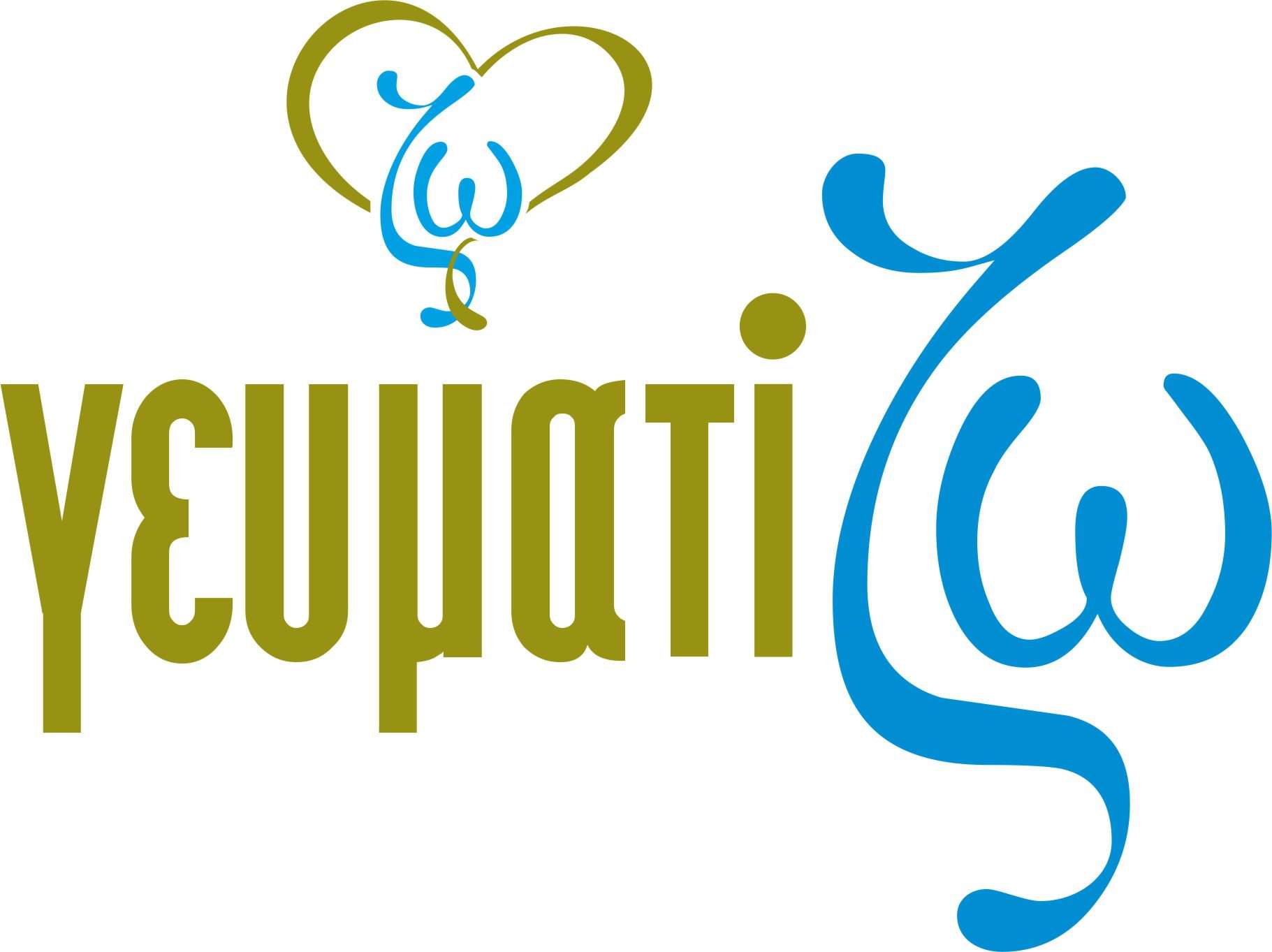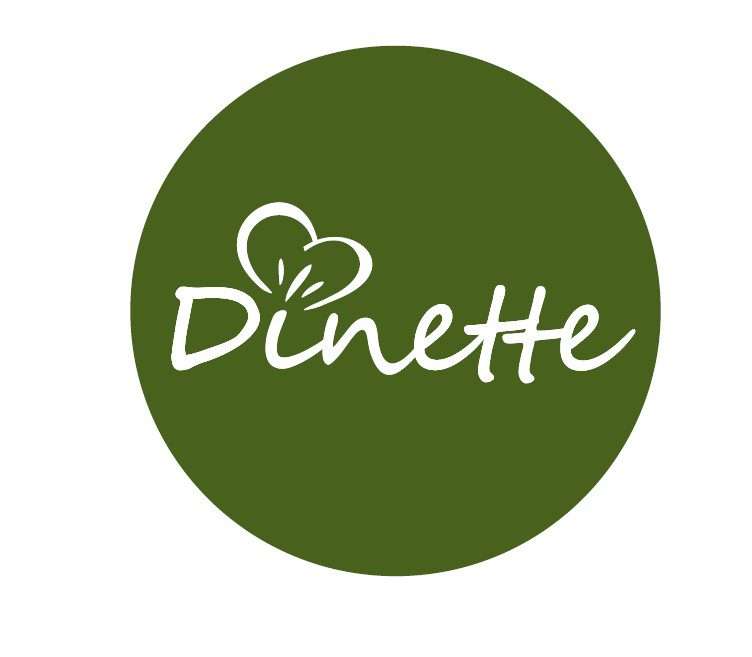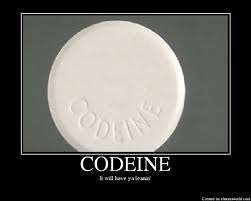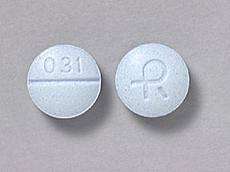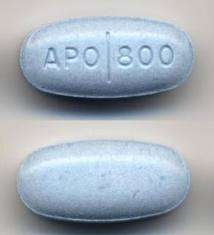drug
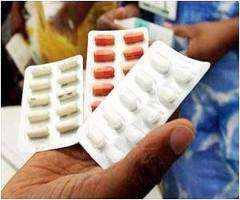
1. any medicinal substance.
2. a narcotic.
3. to administer a drug.
drug administration
includes aerosol, oral, transtracheal infusion, subcutaneous, intramuscular, intravenous, intrauterine, intraperitoneal, intra-articular, intramammary, intrathecal, subconjunctival, percutaneous, percutaneous intraruminal, gas inhalation. Mass medication is per feed or drinking water or, in the case of captive fish, in the tank water. For feral animals individual dosing by projectile dart is usual, for group therapy administration by bait is possible.
drug allergy
immune-mediated hypersensitivity to a drug molecule. Includes anaphylaxis, cutaneous reaction.
animal drug
a drug specifically tested for, and recommended for use in, animals. A legal point of importance if an animal dies as a result of an unusual or allergic reaction to medication with a drug not licensed for use in animals.
drug augmented swine dysentery
pigs receiving prophylactic medication are more severely affected than untreated pigs.
bactericidal/bacteriostatic drug
see antibiotic.
drug binding
binding of a drug to a large molecule in the tissues or fluids, e.g. binding to protein in the blood, may affect the metabolism of the drug, especially its rate of excretion.
chemotherapeutic drug
see chemotherapy.
drug combinations
a pharmaceutical strategy of combining several drugs into one formulation to provide for a specific requirement, e.g. an antibiotic combined with an anti-inflammatory agent in a mastitis ointment. Has the disadvantage that the dose of one drug is determined by the dose of the other.
controlled drug
availability and use of the drug is controlled by law. The control is at various levels of severity depending on the degree of danger associated with the uncontrolled use of each drug.
drug delayed swine dysentery
swine dysentery appears several days after treatment is discontinued.
drug delayed-augmented swine dysentery
after successful treatment during an attack of swine dysentery a more severe form of the disease occurs after treatment ceases.
drug diminished swine dysentery
the disease is reduced in severity as a result of treatment but is not eliminated.
drug eruption
an eruption or solitary skin lesion caused by a drug. See also dermatitis medicamentosa.
drug hypersensitivity
see drug allergy (above).
mutagenic d’s
those that affect the DNA of the target organism have the hazard of creating new races of microorganisms with increased pathogenicity.
drug residue
the amount of the drug that can be detected in tissues at specified times after administration of the drug ceases. See also drug tolerance (below).
drug resistance
said mainly of antibacterial drugs and of microorganisms that are unaffected by the drug whilst most organisms of its species are susceptible. The resistance may be inherent or secondary to frequent exposure at sublethal levels. Resistance of an animal to a specific drug, e.g. to insulin, can also occur in this way.
drug resistant swine dysentery
medication of the feed is not an effective procedure and diarrhea and deaths occur.
drug safety margin
the magnitude of the difference between the dose required to produce a maximum therapeutic effect and that which produces a toxic effect. Registering authorities require this information.
drug selectivity
capacity to produce a single effect.
teratogenic drug
produces a toxic effect on the fetus at a particular phase of development producing a malformation.
Saunders Comprehensive Veterinary Dictionary, 3 ed. © 2007 Elsevier, Inc. All rights reserved
thefreedictionary.com/

